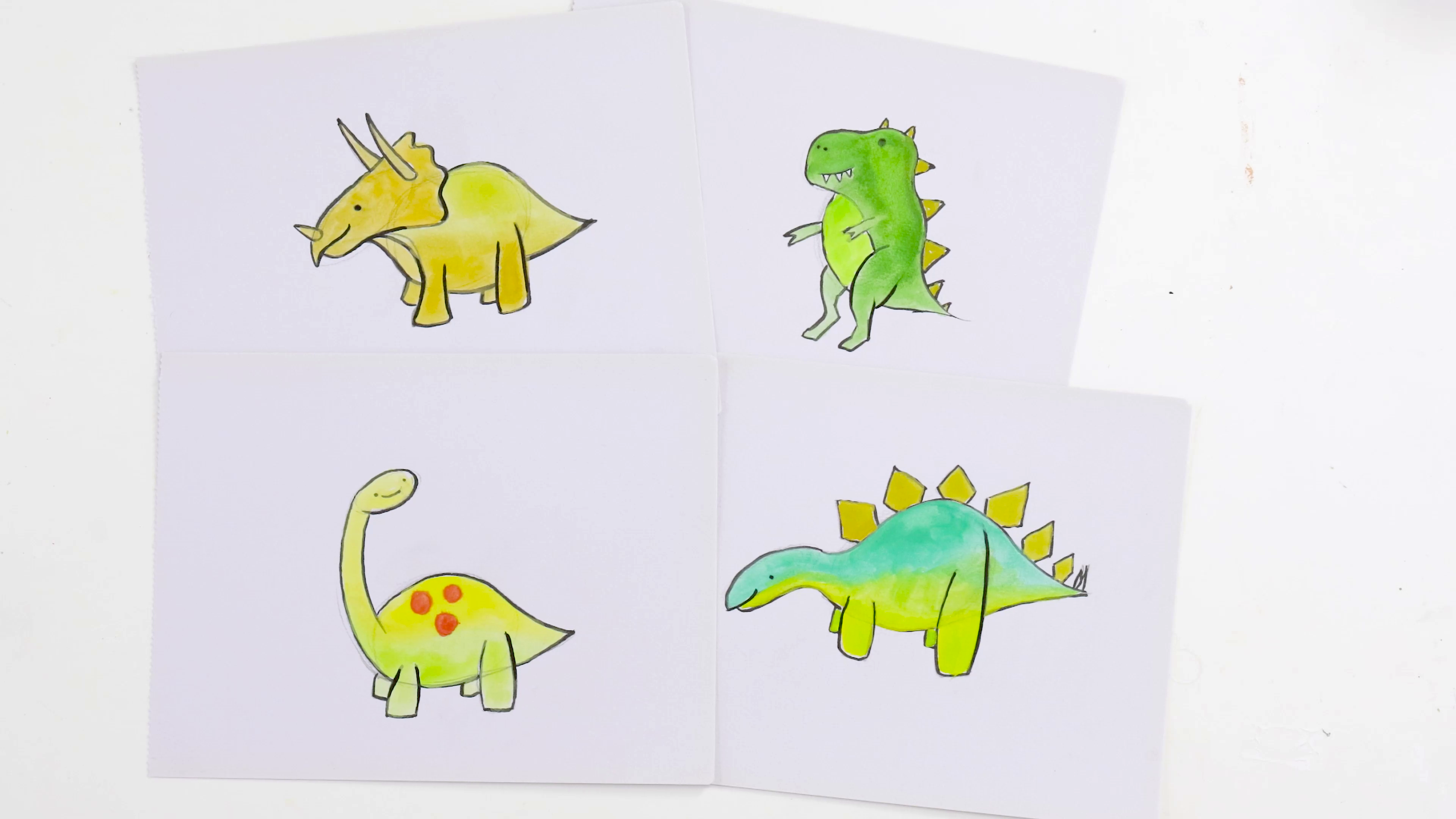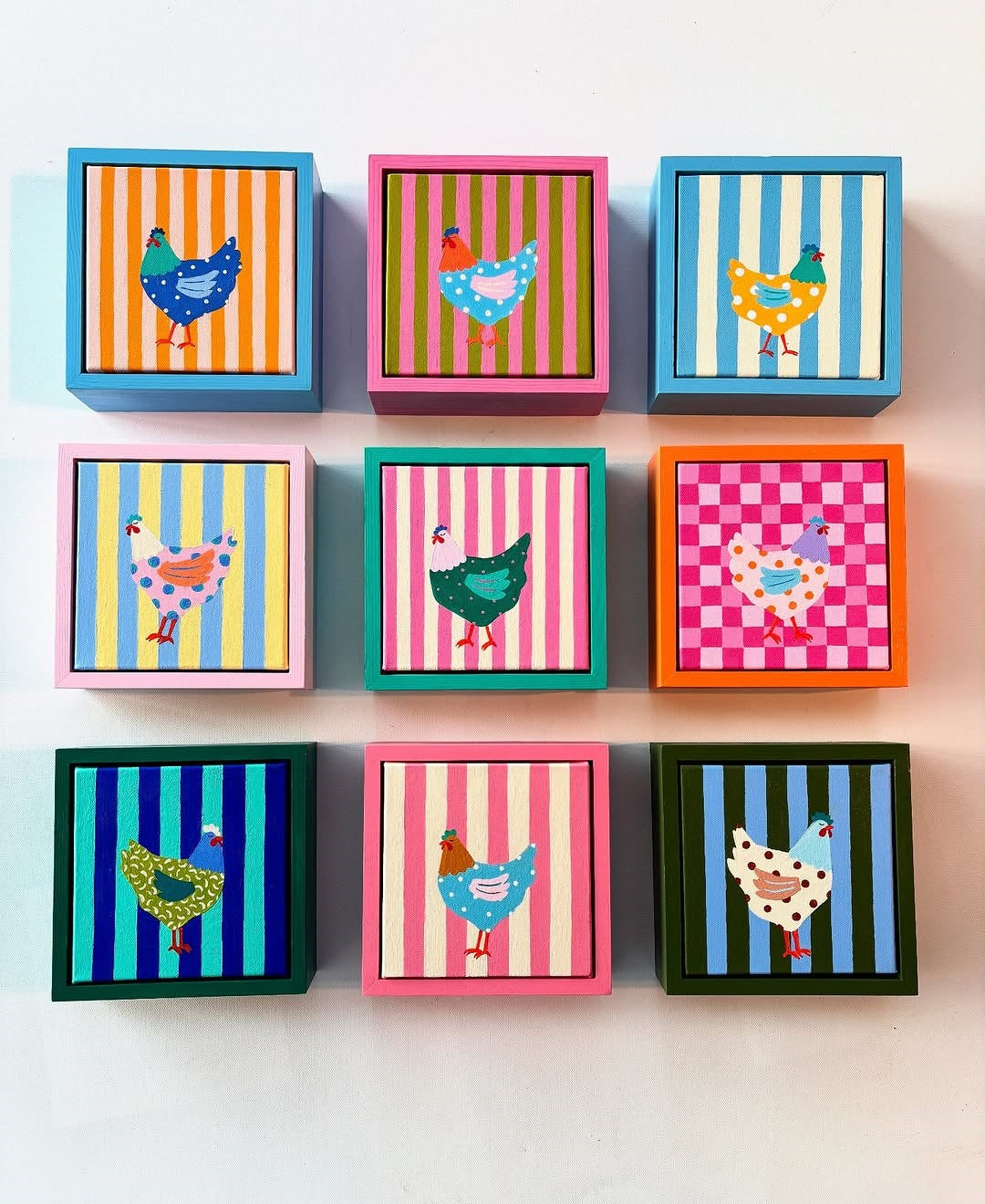If you’re looking for a fun art project that makes a great décor piece, we’ve got just the thing. Expressionism is a style of art that focuses on how something makes you feel instead of trying to paint it exactly how it looks. So grab your paint brush and create your own expressionist flower painting with our top 10 tips!
1. Get in touch with your feelings
It might sound airy fairy, but hear us out. Since a big part of expressionism is to show feeling, it can help to take a moment before you start painting to think about how the flowers you’re about to paint make you feel. For example, do they make you happy, joyful, sad or surprised?
2. Use thick paint

Expressionist artists often use free brush strokes and large amounts of paint to create texture. A thick medium, like oil paints or Dimension acrylics, will do the job nicely and you can also lay down some impasto for textural effects.
3. Paint in the moment
You don’t need to plan out an expressionist artwork; you can paint whatever you feel in the moment. So start painting and see what happens.
4. Use larger than life colours

Since expressionism is a subjective style of art, you can choose any colours that you like (even if they don’t match your subject). For example, if the flowers are Crimson you could use a Brilliant Red to make them more vibrant.
5. Exaggerate form
Flowers make a great subject because they have an interesting form for you to play around with. When we created our painting we exaggerated the petals and leaves with expressive brushstrokes rather than trying to paint them realistically. Don’t be afraid to experiment!
6. Play with different tools

Express yourself with paint brushes, palette knives, hobby brushes and anything else you can find. A great way to practice with different tools is to use a canvas board, scrap paper or cardboard scraps.
7. Turn your painting upside down
It might sound silly, but turning your canvas upside-down to paint some areas can help you to be more adventurous with your marks. This is a great method if you’re struggling to break away from realism.
8. Mix colours directly on the canvas
Create vibrant flowers by mixing your colours directly on the canvas. This method will also create a sense of movement and excitement.
9. Paint quickly
When you’re creating an expressionist artwork, it helps to paint quickly. This will keep your brush strokes loose and allows you to express yourself more freely without overthinking it. Try to complete your flower painting in one sitting if you can!
10. Use the “action painting” technique

Action painting is an expressionist technique where you dribble or flick paint onto the canvas. You can use this to create a jumble of stems in a bouquet or an arrangement of small flowers. This approach was often used by Jackson Pollock in his abstract expressionist paintings.
Are you ready to create your own expressionist flower painting? If you want to see one in action, check out our recent video tutorial. And remember to tag us on Instagram or Facebook to show us what you’ve created.


































